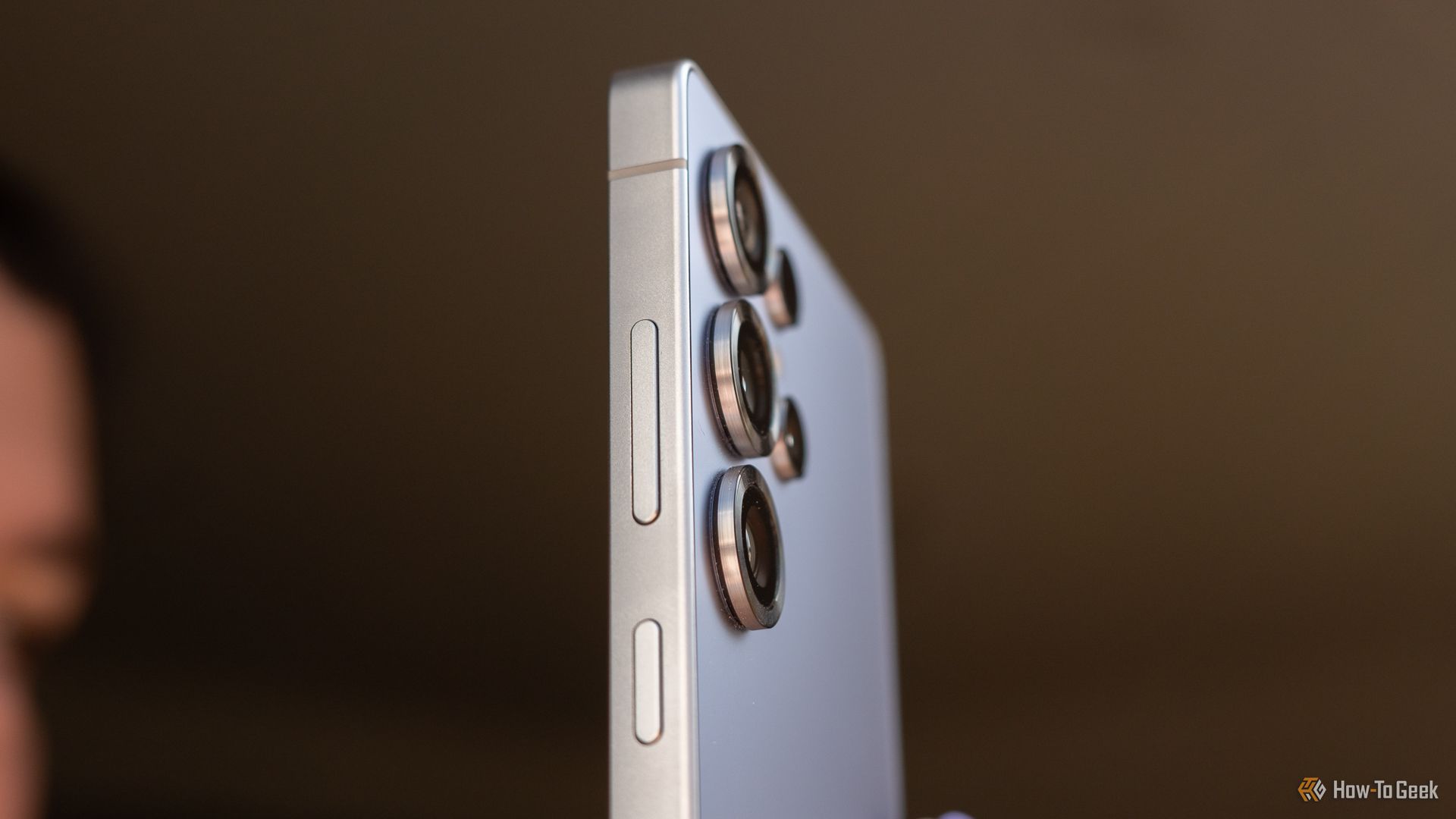
The European Union is introducing wide-ranging new rules meant to make smartphones and tablets more environmentally friendly, longer-lasting, and easier to repair. The new guidelines were announced in 2023, but they will go into effect later this month.
The Ecodesign Regulation (EU) 2023/1670 and the Energy Labelling Regulation (EU) 2023/1669 will take effect on June 20, 2025. The rules set minimum durability standards, requiring devices to be resistant to accidental drops and scratches and protected against dust and water. Batteries must last through at least 800 full charge and discharge cycles while keeping at least 80% of their original capacity to make sure they last longer.
The regulations apply to many smartphones and tablets, including mobile phones, cordless phones, and slate tablets. However, devices with flexible or rollable screens are specifically not included. Importantly, the regulations also include rules about taking devices apart and repairing them.
Manufacturers must supply essential spare parts to repair professionals within five to 10 business days, and they must keep these parts available for at least seven years after the product model stops being sold in the EU. This is meant to extend the life of products and cut down on electronic waste.
Another major part of the regulations is the longer guarantee for software updates. Manufacturers must provide operating system and security updates for at least five years after the last unit of a product model is placed on the market. This differs from the current approach of most Android OEMs, which start the clock for software support at when the phone or tablet was released, if they offer a software promise at all.
A new energy label, similar to those used for household appliances, will also be required for all covered products starting June 20, 2025. This label will give consumers clear and easy-to-understand information about the device’s energy efficiency, battery life, resistance to drops and water, and a key repairability score.
This is the first time such a score will be required for products sold in the EU. Consumers can find more detailed information about specific models by scanning the QR code on the label, which links to the European Product Registry for Energy Labelling (EPREL). The label uses an A to G rating system for energy efficiency, shows how long the battery lasts per charge, how well it survives repeated drops, how many charge cycles the battery can handle, and its water and dust protection rating.
By 2030, the regulations are predicted to save nearly 14 terawatt-hours of primary energy each year. Also, in the same year, buyers are estimated to save $20 billion, mostly because they will need to buy fewer devices due to longer product lifespans.
Interestingly, one of the new rules is that professional repairers must have fair access to any software or firmware needed for replacements. This basically supports independent repair services. However, the rules could also affect pricing.
This is great news for phones in Europe, but there’s no sign of similar legislation in the United States, especially when it comes to guarantees of software updates and support for phones and tablets. There are some state-level laws that ensure easier access to repair manuals and replacement parts, though.
Source: European Commission via heise medien
